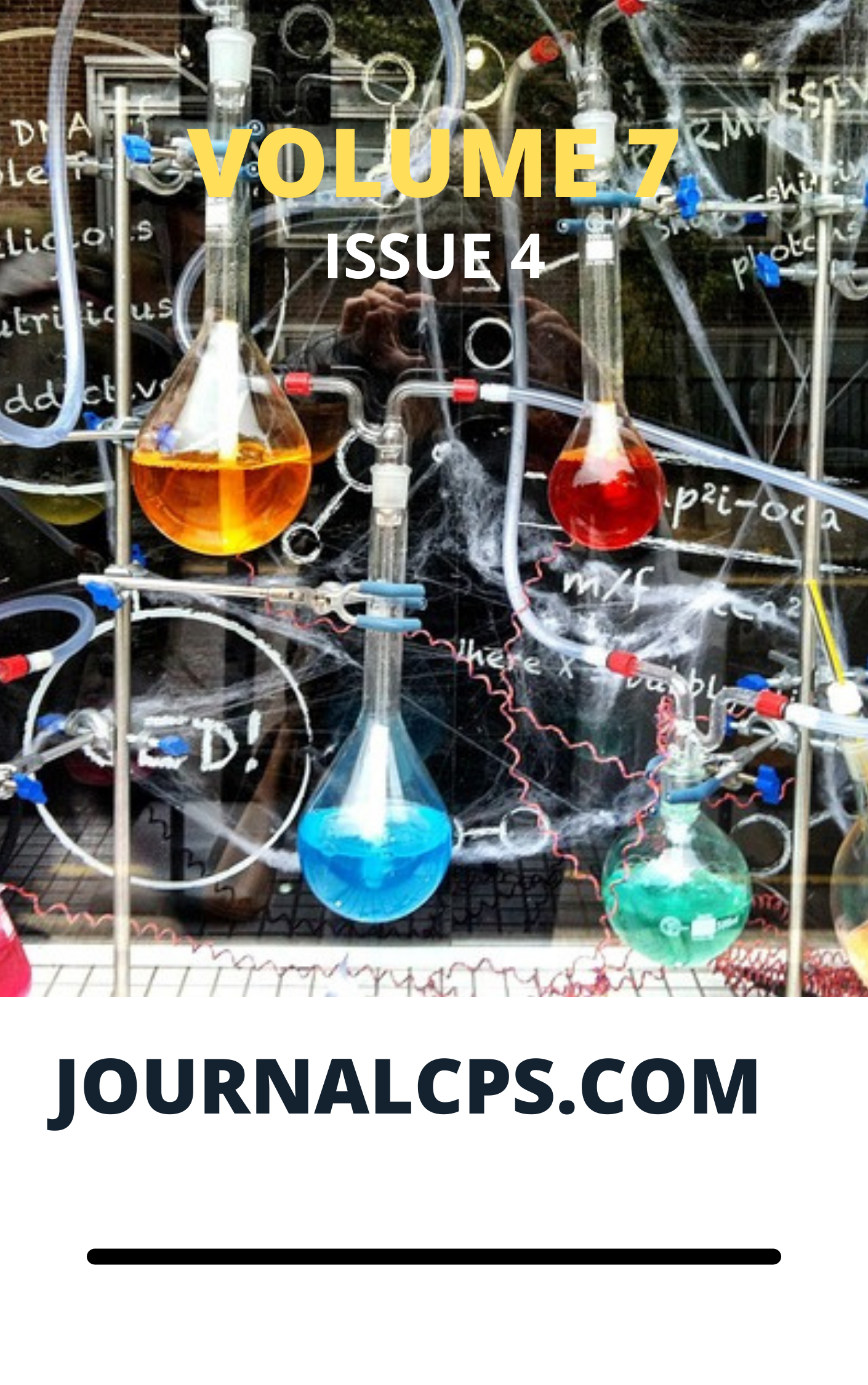Proximate Analysis, Thin Layer Chromatography Profile and Haematinic Activity of Organic Extracts of Brillantaisia Owariensis Leaves
Keywords:
Brillantaisia owariensis, proximate and phytochemical analyses, biological activity, hematological assayAbstract
Onuchi. M. Mac-kalunta*, Ahamefula. A Ahuchaogu and*Johnbull O Echeme
In this work, the proximate analysis, concentration profile from thin-layer chromatography, and haematinic activity in rats induced phenylhydrazine anemia were investigated using the n-hexane, chloroform, ethyl acetate, and methanol extracts of Brillataisia owariensis leaves. The results we recorded indicated a significant presence of carbohydrates, fiber, protein, and traces concentrations of fat. Analysis of the thin layer chromatogram gave evidence that the plant extract is rich in various phytochemicals. However, the activity of the plant extract based on the hematological parameters (red blood cell count (RBC), hemoglobin concentration (HB), white blood cell count (WBC), and hematocrit (PCV), showed that the ethyl acetate extract has the least activity, whereas, the crude methanol and chloroform extracts demonstrated the most significant activity.
Downloads
Published
Issue
Section
Similar Articles
- Uduak Aletan, Imaobong Nyambi Akpet, Biochemical Information from the leaves of Pterocarpus mildraedii , Communication In Physical Sciences: Vol. 7 No. 4 (2021): VOLUME 7 ISSUE 4
- A. Usman, Y. Mohammed, H. O. Muhammed, A. H. Zakari, N. L. Usman, Phytochemical Screening and Antioxidant Activity of Balanites Aegyptiaca Root Bark Extracts: Influence of solvent , Communication In Physical Sciences: Vol. 5 No. 2 (2020): VOLUME 5 ISSUE 2
- Akens Hamilton-Amachree , Ngozi M. Uzoekwe, Phytoconstitution and Antimicrobial Activity of Costus Lucanusianus Floral Volatile Extract , Communication In Physical Sciences: Vol. 9 No. 1 (2023): VOLUME 9 ISSUE 1
- Abdullahi Usman, Ruth O. Onore, Osebuohien A. Oforghor, Jibrin Mohammed, Nasiru L. Usman, Total Phenolic and Flavonoid Contents, Antioxidant Activity and Phytochemical Screening of Calotropis Procera Stem Bark Extracts , Communication In Physical Sciences: Vol. 5 No. 3 (2020): VOLUME 5 ISSUE 3
- Samuel A. Egu, Akachukwu Ibezim, Efeturi A. Onoabedje, Uchechukwu C. Okoro, N-Myristoyl Transferase Inhibitors with Antifungal Activity in Quinolinequinone Series: Synthesis, In-silico Evaluation and Biological Assay , Communication In Physical Sciences: Vol. 5 No. 4 (2020): VOLUME 5 ISSUE 4
- Uduak Irene Aletan, Abraham Gana Yisa, Sunday Adenekan, Abiodun Emmanuel Adams, Antioxidant Properties and Reproductive Health Benefits of Opa eyin Herbal Concoction: In vitro and In vivo Evaluation , Communication In Physical Sciences: Vol. 12 No. 3 (2025): VOLUME 12 ISSUE 3
- R. Nasir, PHYTOCHEMICAL ANALYSIS AND ANTIMICROBIAL ACTIVITY OF LEAVE EXTRACT OF Amaranthus spinosus , Communication In Physical Sciences: Vol. 5 No. 1 (2020): VOLUME 5 ISSUE 1
- Joy N. Egbucha, Eze C. Victor, Nlemchukwu N.C. Benjamin, Obikee M. Caroline, Joseph N. Aniezi, Ifeanyi E. Otuokere, Phytochemical, Anti-inflammatory, Antioxidant, Toxicity and Antimicrobial Activities of Sarcophrynium brachystachys (Benth) K. Shum Leaves , Communication In Physical Sciences: Vol. 11 No. 2 (2024): VOLUME 11 ISSUE 2
- Uduak Aletan, Elijah Adetola, Ahmed Abudullahi, Olayinka Onifade, Hadiza Kwazo Adamu, Phytochemical analysis, invitro antioxidant activity and GC-MS studies of crude extracts of Cissus populnea stem , Communication In Physical Sciences: Vol. 8 No. 4 (2022): VOLUME 8 ISSUE 4
- Patrick G. Udofia, Philippa C. Ojimelukwe, Olusegun A. Olaoye, Anthony N. Ukom, Moses. L. Ekanem, Immaculata I. Okparauka, Evaluation of Antioxidant Activity of Ethanol Extract of Root and Stem Bark of Moringa oleifera (MO) obtained from Utu Ikpe, Ikot Ekpene Local Government Area, Nigeria , Communication In Physical Sciences: Vol. 8 No. 1 (2022): VOLUME 8 ISSUE 1
You may also start an advanced similarity search for this article.




